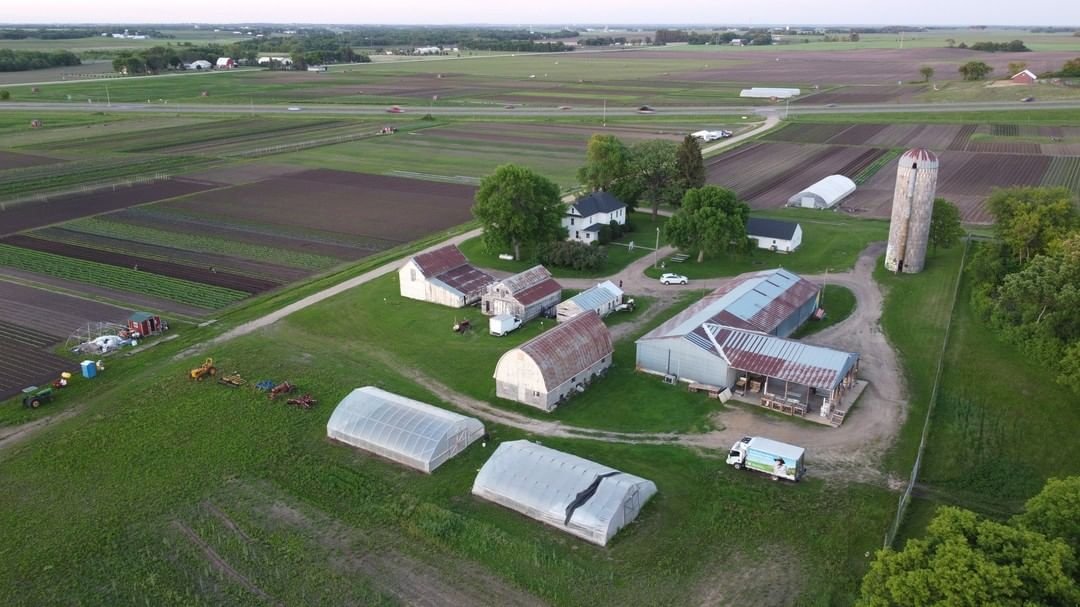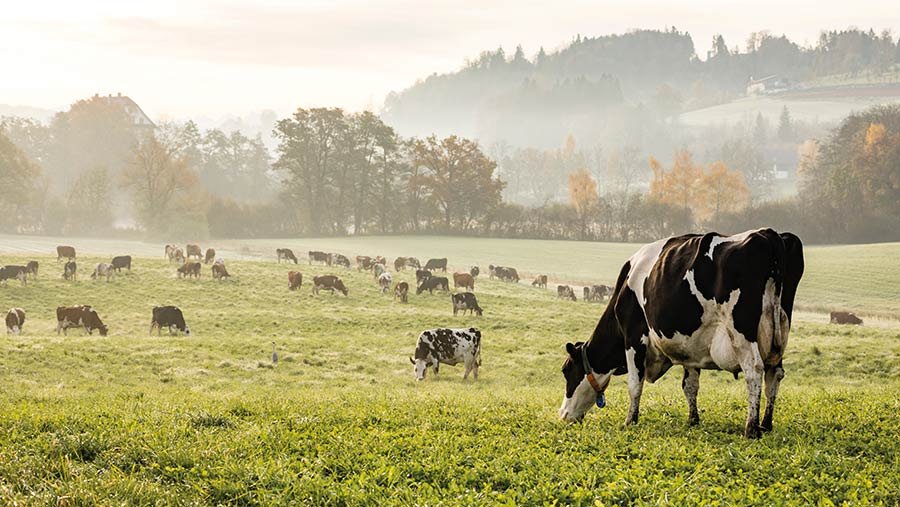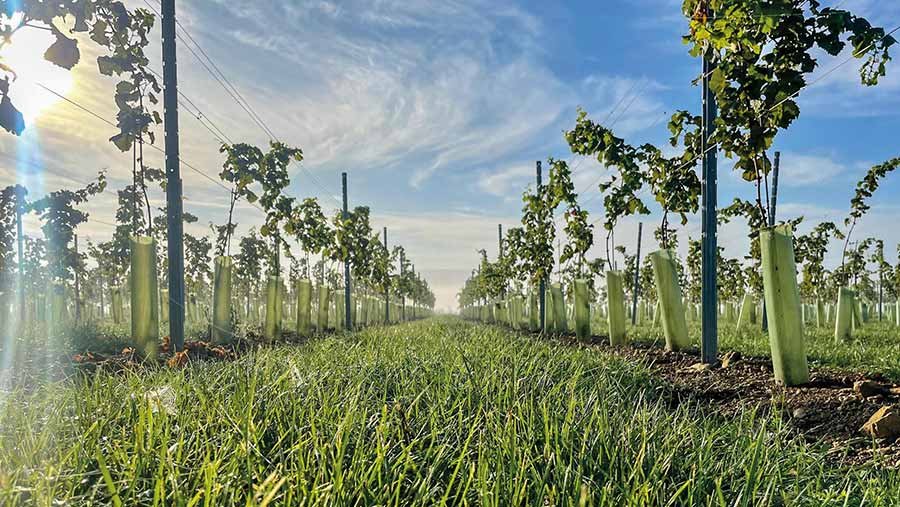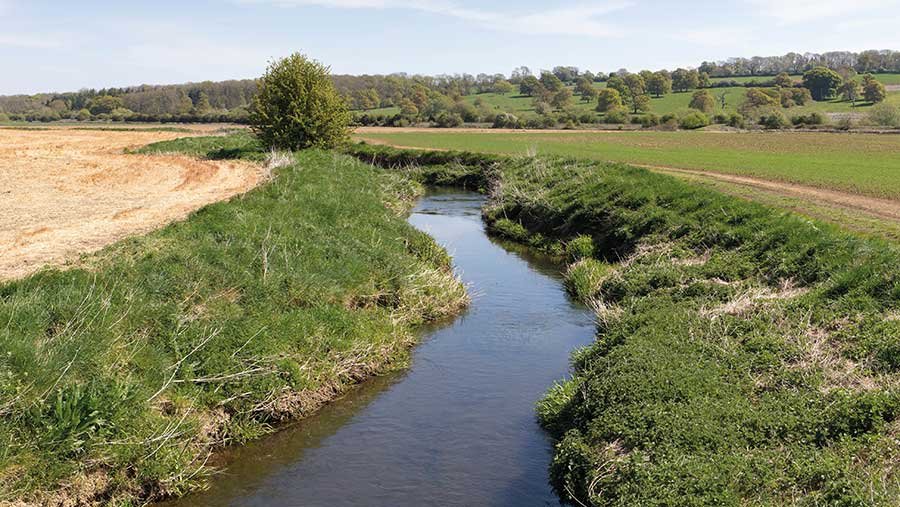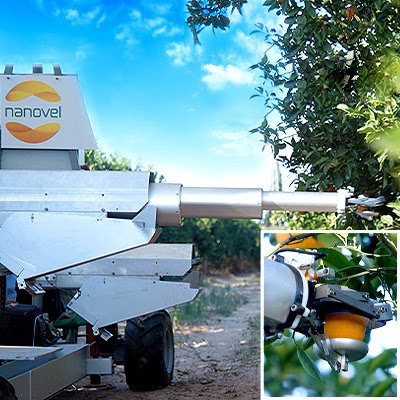Often, research surrounding non-native—also referred to as invasive—species focuses on the negative impact of the organisms on the environments they invade. Non-native species are known to wreak havoc; some are even famous for it. The spotted lanternfly is a good example.
But according to a new study from Brown University, the villainization of invasive species disregards some potential benefits they can offer. While the negative aspects of non-native life, including the increased risk of causing extinction to other species, are prominently talked about, the positives are not always addressed. Researchers say that non-native species also have the ability to increase biodiversity within habitats.
As far as famously feared non-native species go, zebra mussels are high on the unwanted list. The small, zig-zag-striped mollusks that originated in the waters of Eurasia have grown to become a major issue in lakes and waterways across the Great Lakes, as well as in states such as Texas, Colorado, Utah, Nevada and California. In unnatural habitats for the tiny mussels, they filter out algae that are integral to native species’ diets, incapacitate native mussels species and clog up pipelines of power plants—costing millions to remove.
According to the study, researchers “recognized that some non-native species, such as introduced pathogens and agricultural pests, involve indisputably large net costs.” But for its research, the team decided to focus on a more nuanced view of non-native species, looking not only at their potentially negative impacts but also at what they can contribute to habitats. Yes, a non-native species may reduce water clarity in a region, but it may also simultaneously decrease the risk of soil erosion.
Some examples cited in the study of non-native species that can add benefits to their surroundings included earthworms and brown trout.
Research shows that when earthworms are present in agricultural land, there is a possibility for a 25-percent increase in the productivity of agricultural crops—a clear benefit. However, in forests, the worms have the ability to change the ecosystem negatively.
As far as brown trout—a prominent non-native species in New Zealand—are concerned, locals have embraced the fish, enjoying the economic and recreational benefits of fishing for the species and adding it to their local fare. Now, the non-native trout species enjoys environmental regulations to protect its presence.
Biologist Dov Sax, along with co-authors of the Brown University study, say that these benefits are often considered flukes, but they are not as uncommon as past research on invasive species may suggest. “Our new paper argues that the positive impacts of non-native species are neither unexpected nor rare but instead common, important and often of large magnitude,” says Sax.
Taking a closer look at these non-native species can paint them in a new light.
“How people relate to nature, to the intrinsic value of nature, to the ecosystem services, to the provisioning of resources, these are all things that we value in native species, and there are also ways to see that non-native species are contributing to these benefits, too,” says Sax. “Non-natives aren’t the boogie man.”
!function(f,b,e,v,n,t,s)
{if(f.fbq)return;n=f.fbq=function(){n.callMethod?
n.callMethod.apply(n,arguments):n.queue.push(arguments)};
if(!f._fbq)f._fbq=n;n.push=n;n.loaded=!0;n.version=’2.0′;
n.queue=[];t=b.createElement(e);t.async=!0;
t.src=v;s=b.getElementsByTagName(e)[0];
s.parentNode.insertBefore(t,s)}(window, document,’script’,
‘https://connect.facebook.net/en_US/fbevents.js’);
fbq(‘init’, ‘264217957779476’);
fbq(‘track’, ‘PageView’);


